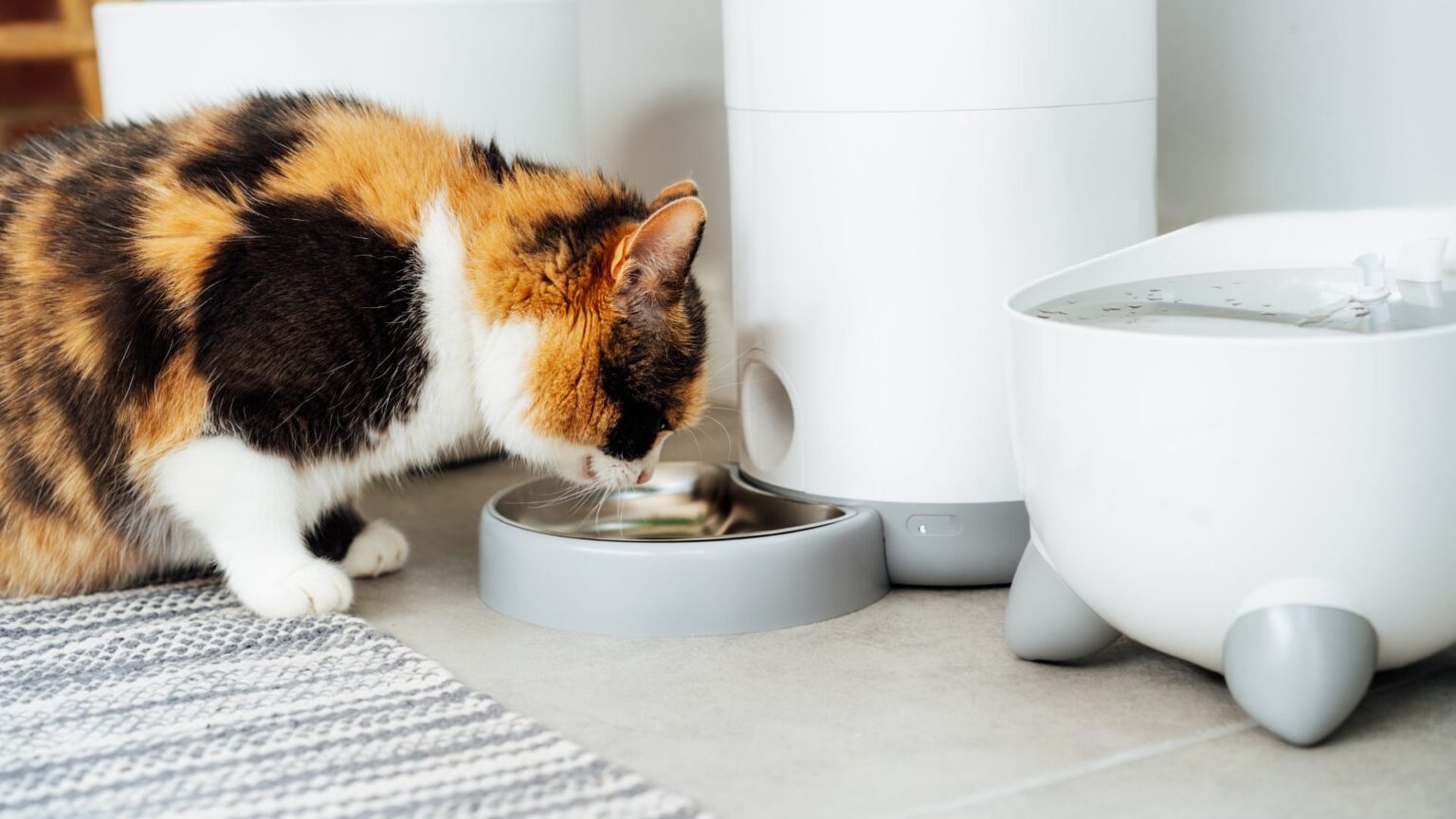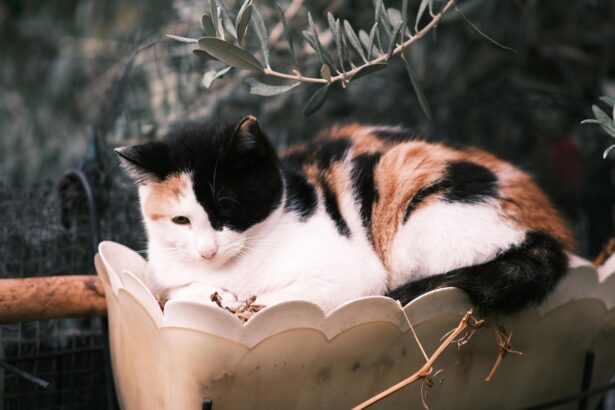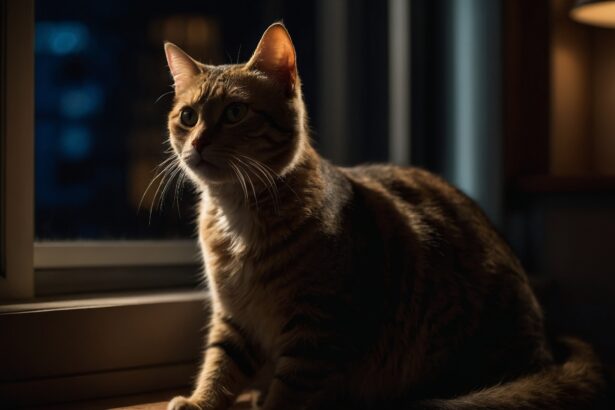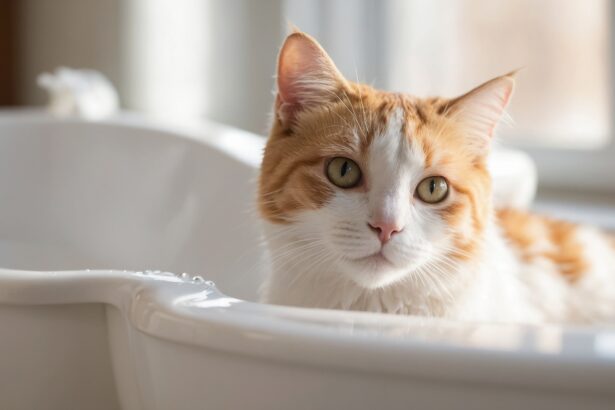The smart way to feed your cat (without the 6 a.m. meows)
Looking for a calmer, healthier feeding routine for your fluffy queen? A cat food dispenser can be a game-changer. It portions meals consistently, keeps schedules steady, and frees you from dawn wake-up calls.
Used well, a dispenser supports weight control, reduces gobbling, and soothes routine-loving felines. The best part? You stay in charge of portions and timing while your cat stays relaxed and well-fed. For broader feeding basics, you can also explore our advice on feeding your cat.
What is a cat food dispenser?
How it works
A cat food dispenser stores food and releases measured portions at set times. You decide the portion size and number of meals, and the feeder does the rest—even when you’re out.
It’s especially handy for grazers, weight management, multi-meal routines, and households with busy schedules. No more “Oops, I’m late—sorry, whiskers.”
Manual, semi-automatic, or automatic?
- Manual: You flip or press to release. Simple, budget-friendly, but not timed.
- Semi-automatic (gravity): Food drops as the bowl empties. Easy, but no portions or schedule control.
- Automatic (programmable): Timed meals and precise portions. Some add Wi‑Fi/app control, voice prompts, or camera.
How to choose the right dispenser
Key factors to weigh
- Food type: Most feeders are designed for dry kibble. If you use wet food, look for dedicated wet trays with ice packs and short-term scheduling.
- Kibble size and shape: Larger or irregular kibble can jam smaller chutes—check the manufacturer’s max size.
- Portion control: Choose clear gram or “portion unit” options so you can match your cat’s daily needs.
- Number of meals: Cats thrive on several small meals. Aim for 3–6 per day, depending on your vet’s advice and your cat’s metabolism.
- Power and backup: A cord plus battery backup is ideal so meals don’t fail during outages.
- Anti-tamper design: Lockable lids and sturdy hoppers keep curious paws out.
- Cleaning: Removable, dishwasher-safe bowls and food paths make life easier and more hygienic.
- Capacity: Pick a hopper that lasts at least a few days, but don’t store months of kibble—freshness matters.
- Smart features: App control, meal logs, or low-food alerts are useful if you travel or share care duties.
Not sure which food suits your kitty best? Brush up on what cats should really eat before you set portions.
Mistake to avoid: Switching to a feeder overnight and jumping straight to two big meals. Many cats then scarf, vomit, and beg. Start with your cat’s usual schedule and split the same daily total into 3–6 smaller drops.
Fun fact: Many cats prefer several tiny meals at dusk and dawn—because they’re crepuscular by nature. Your feeder can mimic that natural rhythm beautifully.
Top features you’ll love (and what to skip)
- What to love: Quiet motors, hopper windows to see food levels, desiccant packs for freshness, and a shallow, whisker-friendly bowl.
- What to question: Flashy voice recordings or cameras if you won’t use them. Prioritize reliability, hygiene, and portion accuracy first.
Setting up and introducing the feeder
Step-by-step for a smooth transition
- Place the feeder where your cat already eats. Keep the old bowl nearby for a few days.
- Let your cat explore the device while it’s off, with a few kibbles in the bowl to build a positive association.
- Match current meal times at first, then gradually shift the schedule to your ideal routine.
- Split meals into smaller portions to reduce gobbling and begging.
Pro tip: Use a small uninterruptible power bank (or the feeder’s battery backup) to prevent missed meals during outages—especially helpful for early breakfast times.
If your cat tends to gobble and then throw up, puzzle toppers or smaller, more frequent drops can help. Here’s more on why cats vomit and what you can do.
Care and troubleshooting
- Clean regularly: Wash bowls weekly and wipe the chute/hopper to avoid grease build-up and stale odors.
- Store kibble well: Keep the bulk bag sealed and cool; refill often rather than overfilling the hopper.
- Check jams: If portions shrink or stop, inspect for kibble size issues or food dust; vacuum the chute if needed.
- Watch behavior: Some cats “dig” around the bowl—it’s instinctive. Learn more about why some cats scratch around the bowl.
Is a dispenser right for every cat?
- Kittens: They often need more frequent, flexible feeding. Choose a model with many small meals or use supervised feeding.
- Prescription or wet diets: Confirm feeder compatibility. Many dry-only feeders can’t dispense wet food safely over time.
- Multi-cat homes: Consider microchip-activated bowls or separate feeding stations to prevent food stealing.
When to consult your vet
Sudden hunger changes, weight loss, or refusal to eat always warrant a chat with your vet. A feeder supports routine, but it doesn’t replace medical advice.
If your cat ever stops eating altogether, act quickly—learn why that’s risky and what to do if a cat stops eating.
FAQ
Are automatic cat feeders good for cats?
Yes—used correctly. They help with portion control, consistent schedules, and weight management. Choose reliable models and keep cleaning regular.
How many meals per day should I program?
Many adult cats do well with 3–6 small meals. Follow your vet’s advice and your cat’s needs, splitting the daily total evenly.
Can I use wet food in a dispenser?
Only in feeders designed for wet food, typically with ice packs and short-term timing. Most hoppers are dry-kibble only.
Will a feeder stop early morning wake-ups?
Often, yes. Schedule a small pre-dawn drop. Keep bedroom doors consistent and avoid rewarding meows with extra treats.








